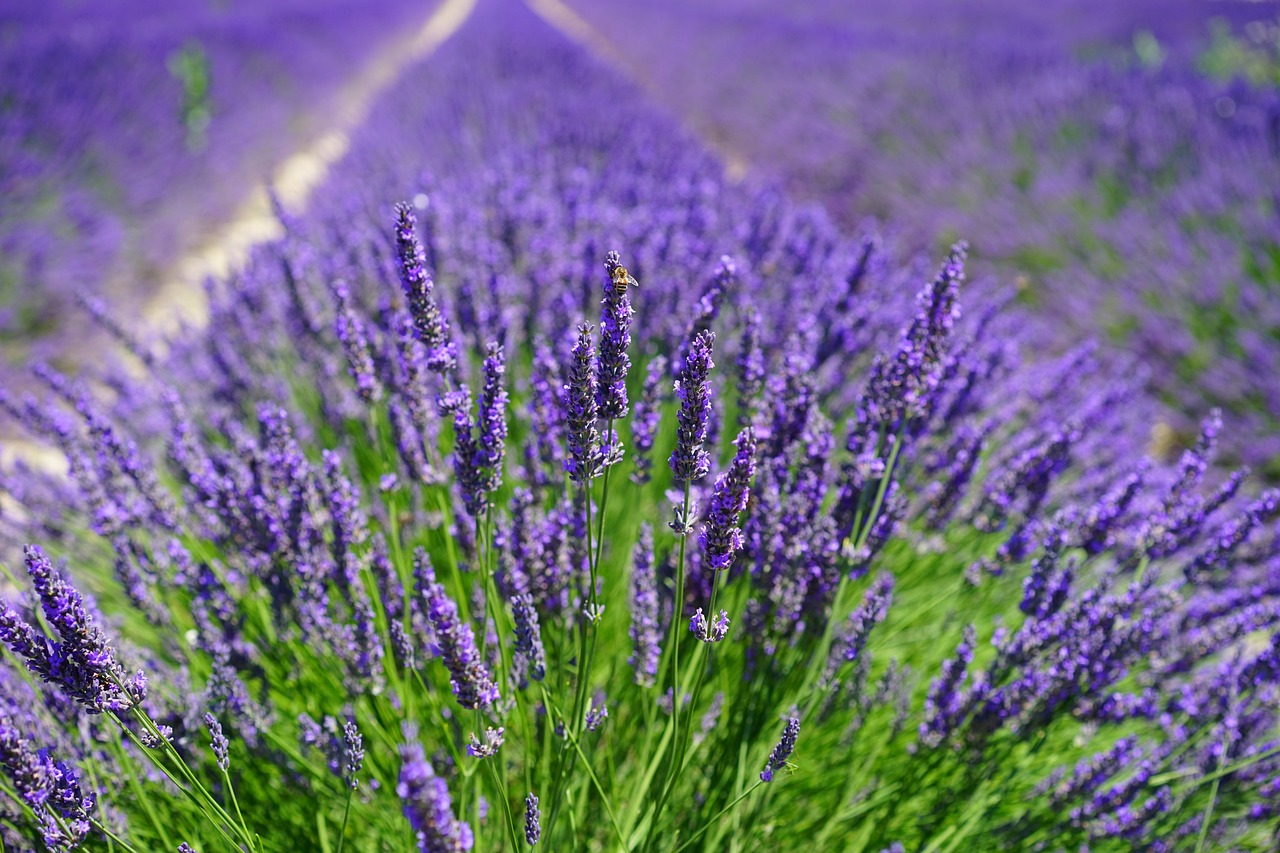
Lavender
Lavandula angustifolia
Basic Information
🌿 Family: Lamiaceae🗺️ Zone: 5-9
Other Names:
- True Lavender
- English Lavender
🌡️ Ideal Temperature : 50°F – 85°F
🔥 Heat Tolerance: Up to 100°F
❄️ Cold Tolerance: Down to -10°F
🌱 Type: Perennial
Layers
- Herbaceous
Functions
- Medicinal
- Pollinator
- Wildlife Attractor
- Mulcher
- Dynamic Accumulator
- Border Plant
- Pest Management
Pests
No pests associated with this plant.
Description
Lavender (Lavandula angustifolia) is a perennial, aromatic herb known for its fragrant purple flowers and gray-green foliage. It grows up to 60–90 cm (2–3 feet) tall and is widely cultivated for essential oil production, medicinal uses, and as an ornamental plant.
This drought-tolerant plant thrives in full sun and well-drained, sandy or loamy soils. It attracts pollinators, repels certain pests, and adds beneficial organic matter to the soil when used as mulch.
🌞💧 Sun and Water Requirements:
- Requires full sun with at least 6–8 hours of direct sunlight daily.
- Prefers well-drained, sandy or rocky soil; does not tolerate heavy clay.
- Drought-tolerant once established; water sparingly to prevent root rot.
✂️🫘 Methods to Propagate:
- Seeds: Start indoors 8–10 weeks before the last frost; germination is slow.
- Cuttings: Softwood cuttings in spring or hardwood cuttings in fall.
- Division: Established plants can be divided and replanted.
🧑🌾👩🌾 When to Harvest:
- Flowers should be harvested when buds are fully formed but before full bloom for the highest essential oil content.
- Cut stems early in the morning when oils are most concentrated.
- Dry in a shaded, well-ventilated area for long-term storage.
Purpose
Lavender serves multiple functions in a permaculture system:
- Medicinal: Used for relaxation, sleep aid, wound healing, and skin care.
- Pollinator: Flowers attract bees, butterflies, and other beneficial insects.
- Wildlife Attractor: Provides nectar for pollinators and improves biodiversity.
- Mulcher: Dried lavender leaves break down into the soil, adding organic matter.
- Dynamic Accumulator: Helps improve soil structure and aeration.
- Border Plant: Works well in garden edges, pathways, and herbal beds.
- Pest Management: Repels moths, mosquitoes, fleas, and aphids with its strong fragrance.